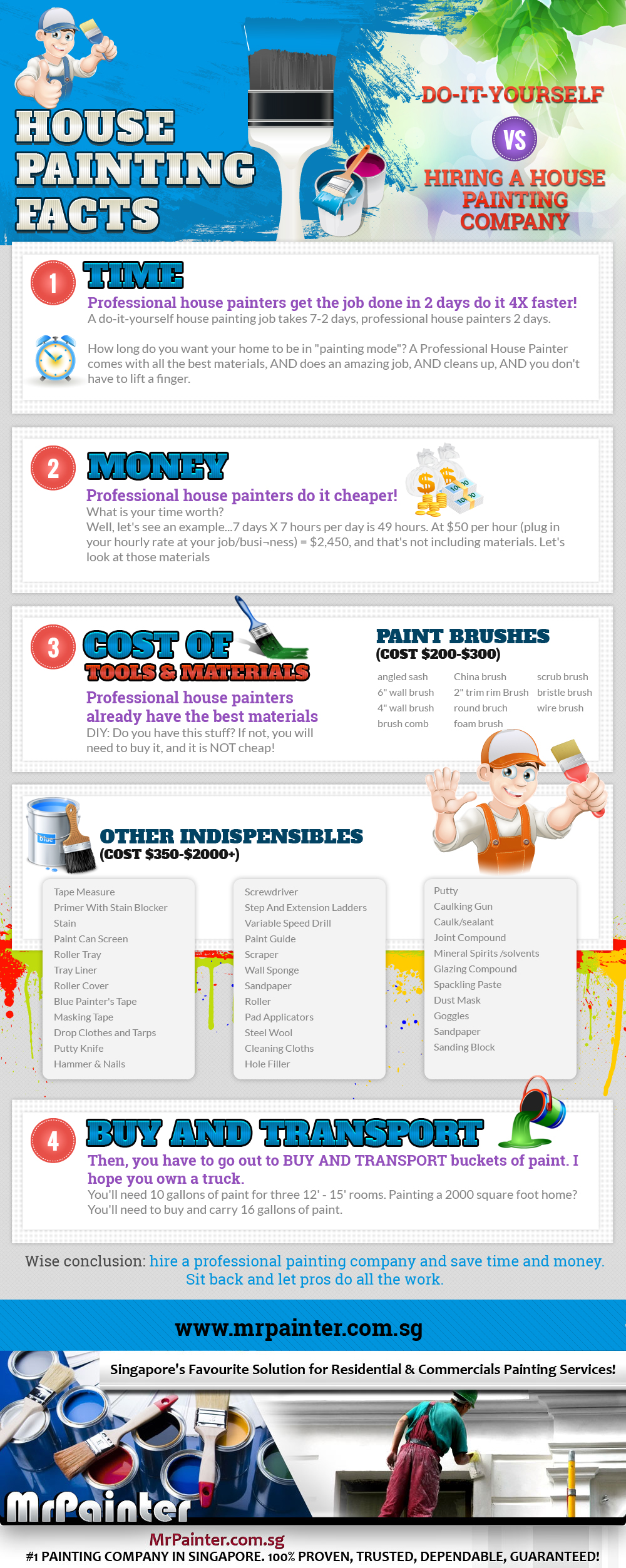The Impact Of Weather On Commercial Outside Paint: Key Considerations
The Impact Of Weather On Commercial Outside Paint: Key Considerations
Blog Article
Developed By-Cash Hollis
When you're planning a commercial exterior painting job, do not underestimate the effect of climate on your results. You require to think about elements like temperature, moisture, and precipitation, as they can make or damage your paint work. For example, did you know that optimal problems require particular temperature arrays and moisture degrees? Falling short to keep an eye on these elements can result in uneven finishes and even damages to fresh paint. Understanding these elements is vital to attaining a long-lasting, professional outcome. So, what specific climate condition should you be wary of?
Temperature level Considerations
When it pertains to commercial exterior paint, temperature level plays a crucial function in the end result of your job. If you're painting in extreme warm, the paint can dry too promptly, resulting in issues like inadequate bond and unequal surfaces. You want to go for temperature levels between 50 ° F and 85 ° F for the best outcomes. Listed below supplemental resources , paint might not heal appropriately, while over 85 ° F, you run the risk of blistering and splitting.
Timing your job with the right temperature levels is vital. Start your work early in the early morning or later in the afternoon when it's cooler, particularly during warm months.
Also, consider the surface temperature level; it can be significantly higher than the air temperature, specifically on sunny days. Utilize a surface thermostat to inspect this before you start.
If temperatures are uncertain, keep an eye on the weather forecast. Unexpected temperature level decreases or warm front can thwart your strategies. You don't want to begin repainting just to have the conditions transform mid-project.
Moisture Levels
Moisture levels considerably influence the success of your industrial exterior painting task. When the humidity is expensive, it can prevent paint drying and healing, leading to a series of concerns like inadequate attachment and finish high quality.
If you're planning a task throughout wet problems, you may find that the paint takes longer to completely dry, which can expand your job timeline and rise costs.
Alternatively, low humidity can likewise posture challenges. Paint may dry out also swiftly, stopping proper application and causing an uneven surface.
You'll want to monitor the humidity degrees closely to guarantee you're working within the optimal array, normally between 40% and 70%.
To get the most effective results, think about making use of a hygrometer to determine moisture before beginning your project.
If you locate the degrees are outside the optimal range, you might need to readjust your schedule or pick paints designed for variable conditions.
Always consult the supplier's standards for details recommendations on humidity resistance.
Precipitation Impact
Rain or snow can considerably disrupt your industrial external painting strategies. When precipitation takes place, it can get rid of fresh applied paint or produce an uneven finish. Preferably, simply click the following post want to choose days with completely dry weather condition to ensure the paint adheres effectively and cures properly. If you're caught in a rain shower, it's ideal to stop the project and await conditions to enhance.
Additionally, snow can be much more detrimental. Not just does it produce a wet surface, but it can also reduce temperatures, making it difficult for paint to dry. This can bring about problems like peeling or blistering down the line.
It's vital to examine the weather prediction before beginning your task. If rainfall or snow is forecasted, think about rescheduling.
Always bear in mind to allow appropriate drying out time in between layers, particularly if the weather continues to be unpredictable.
Final thought
In conclusion, watching on the climate is important for a successful industrial exterior painting project. By monitoring temperature, moisture, and precipitation, you can make certain the very best problems for application and treating. Keep in mind to intend your job around positive weather and always comply with supplier guidelines. With the ideal approach, you'll attain a durable, lovely finish that can endure the components. Do not let the weather capture you off guard-- stay notified and paint wise!
